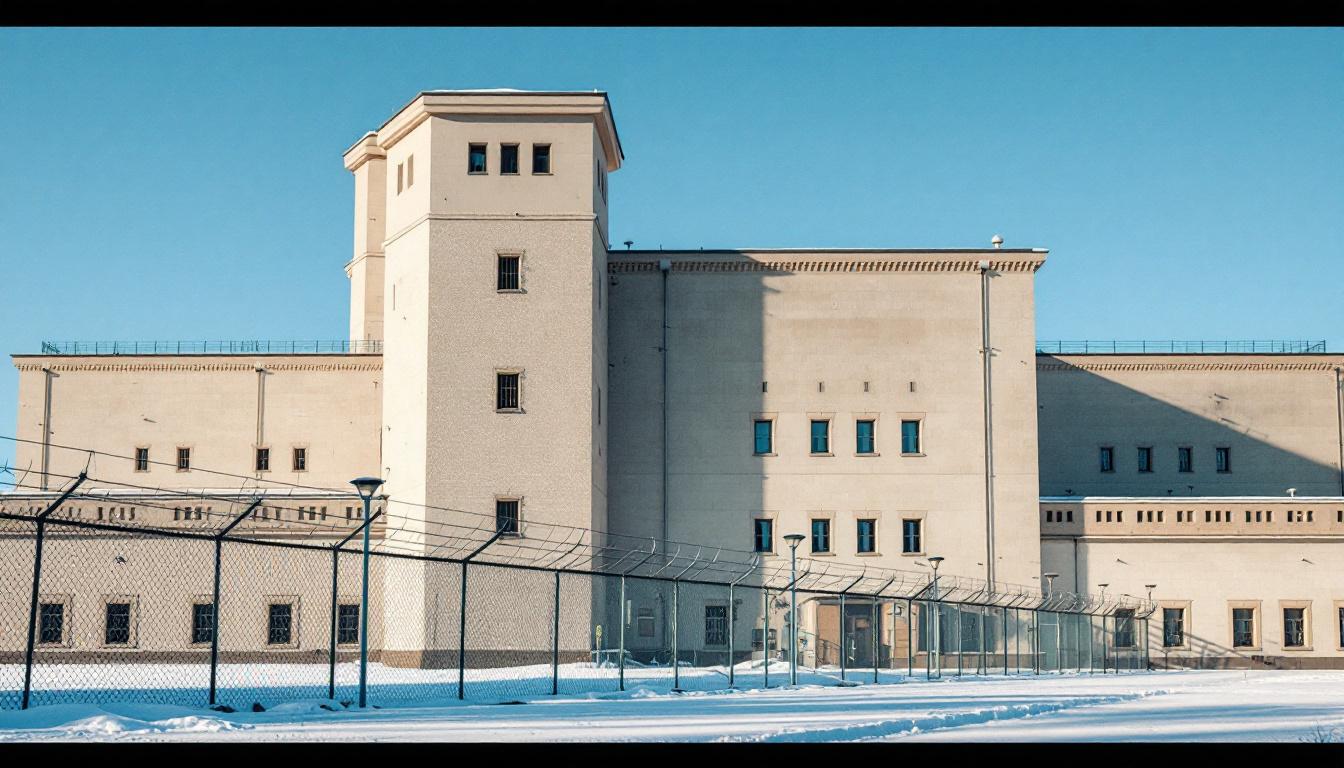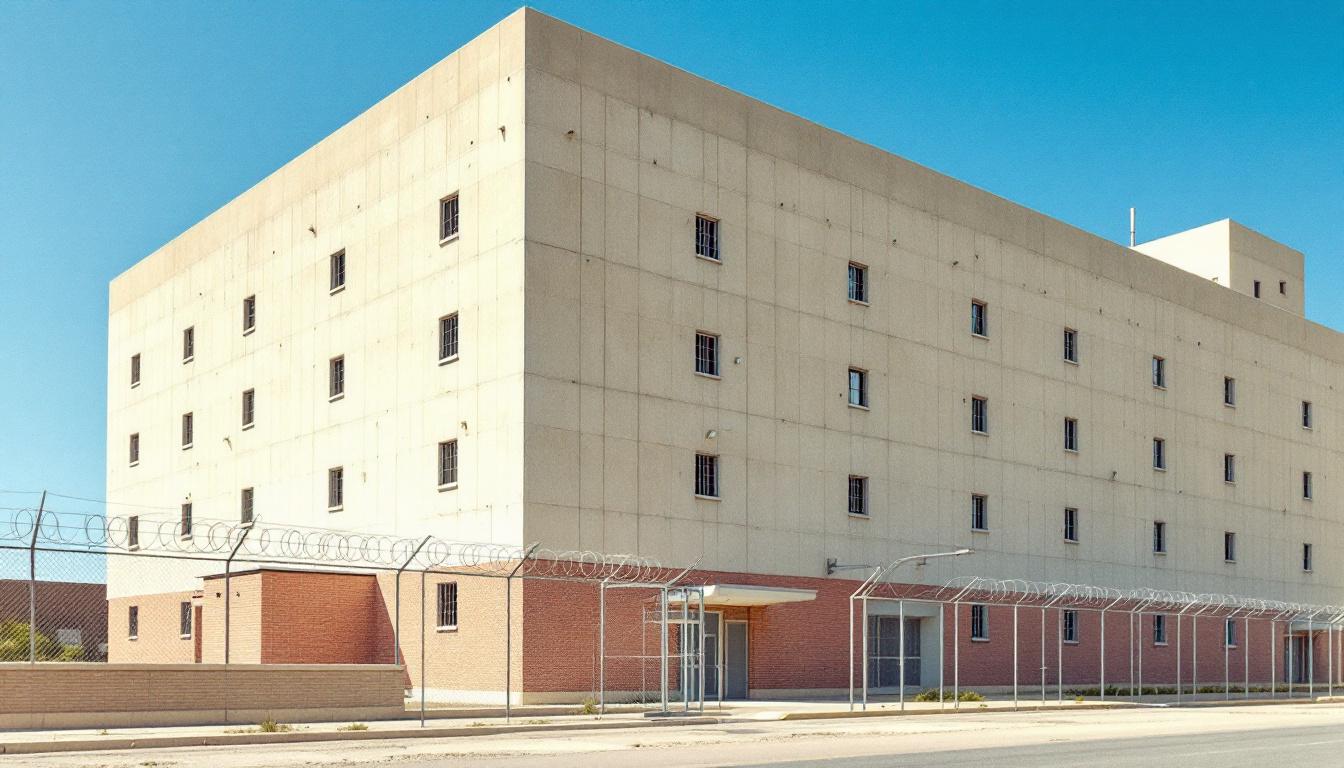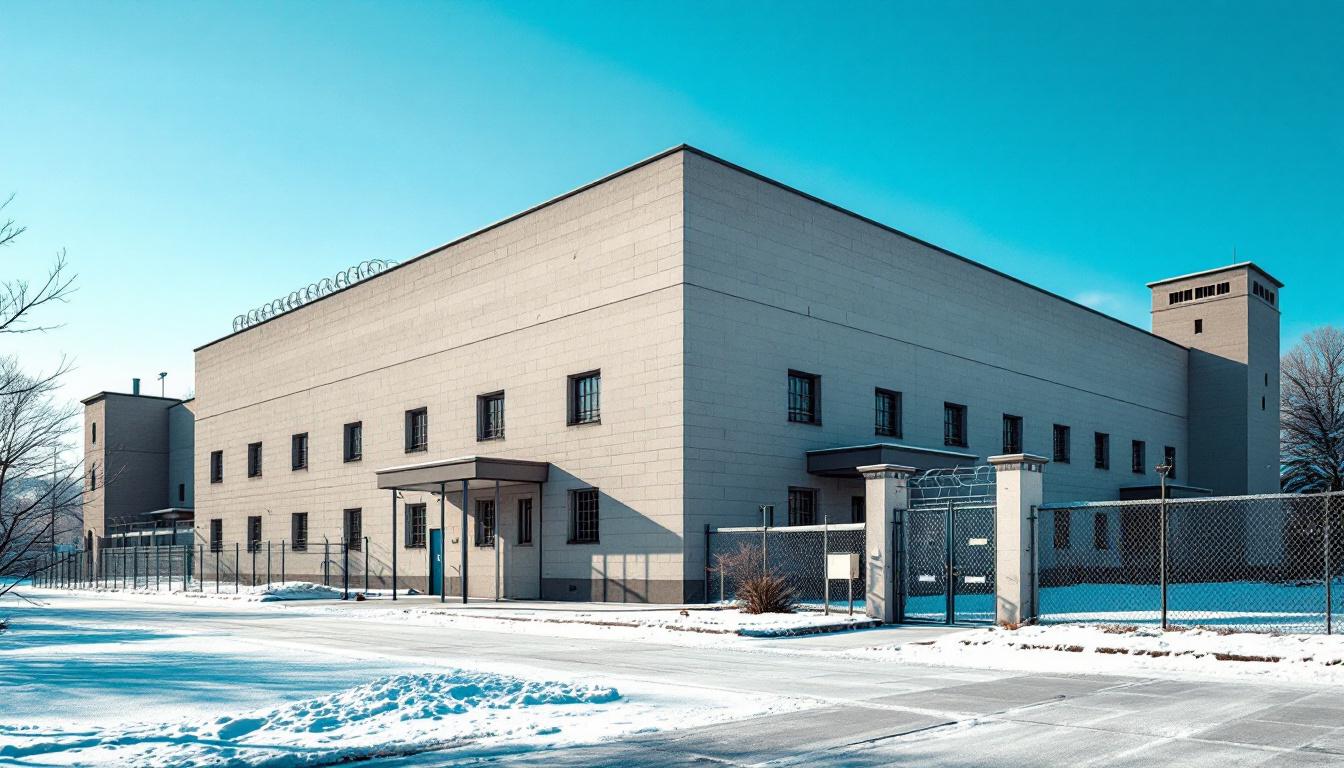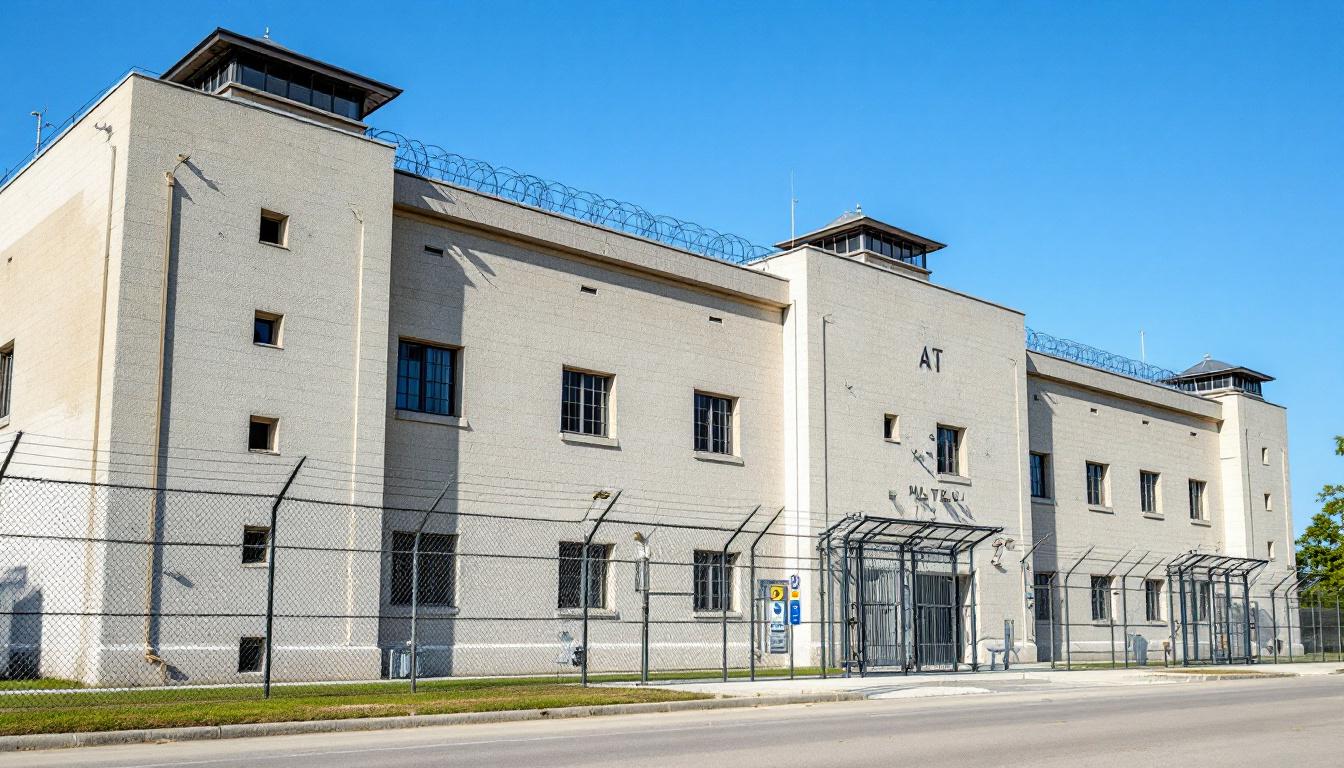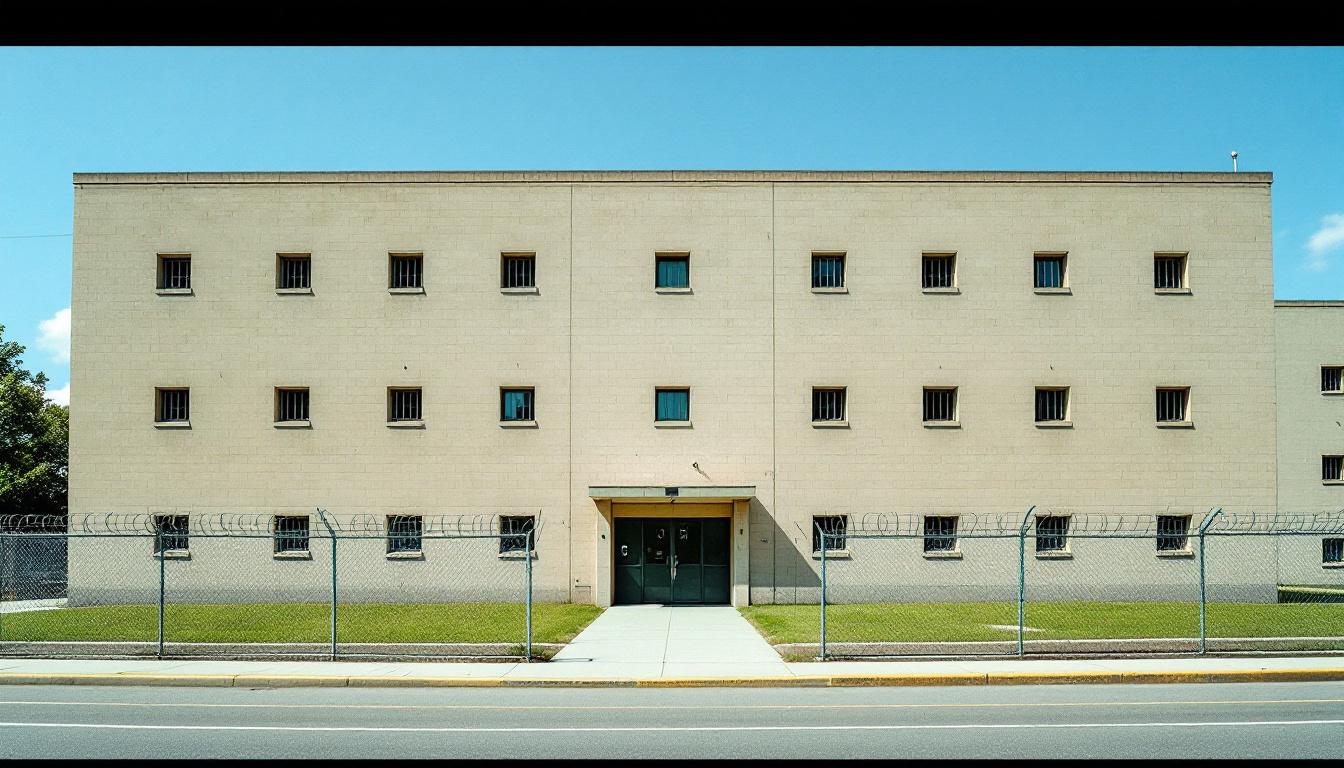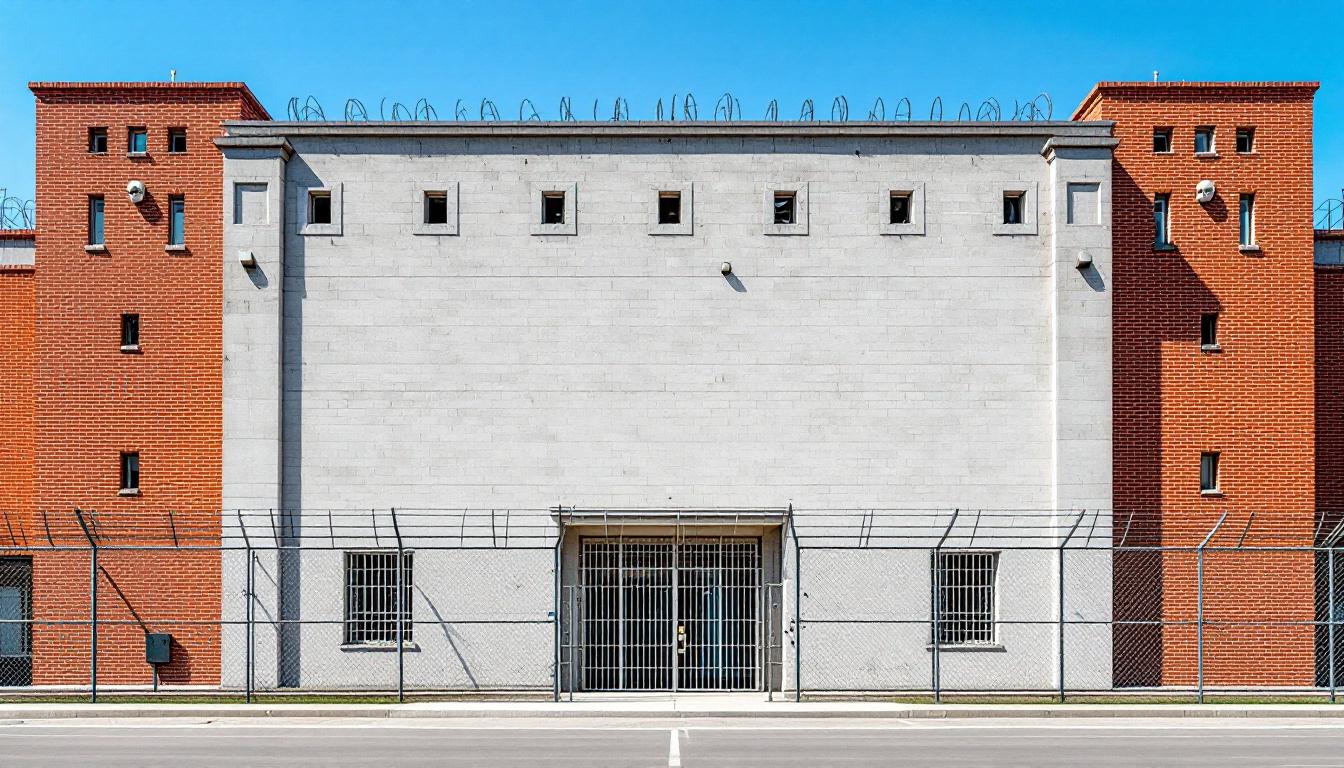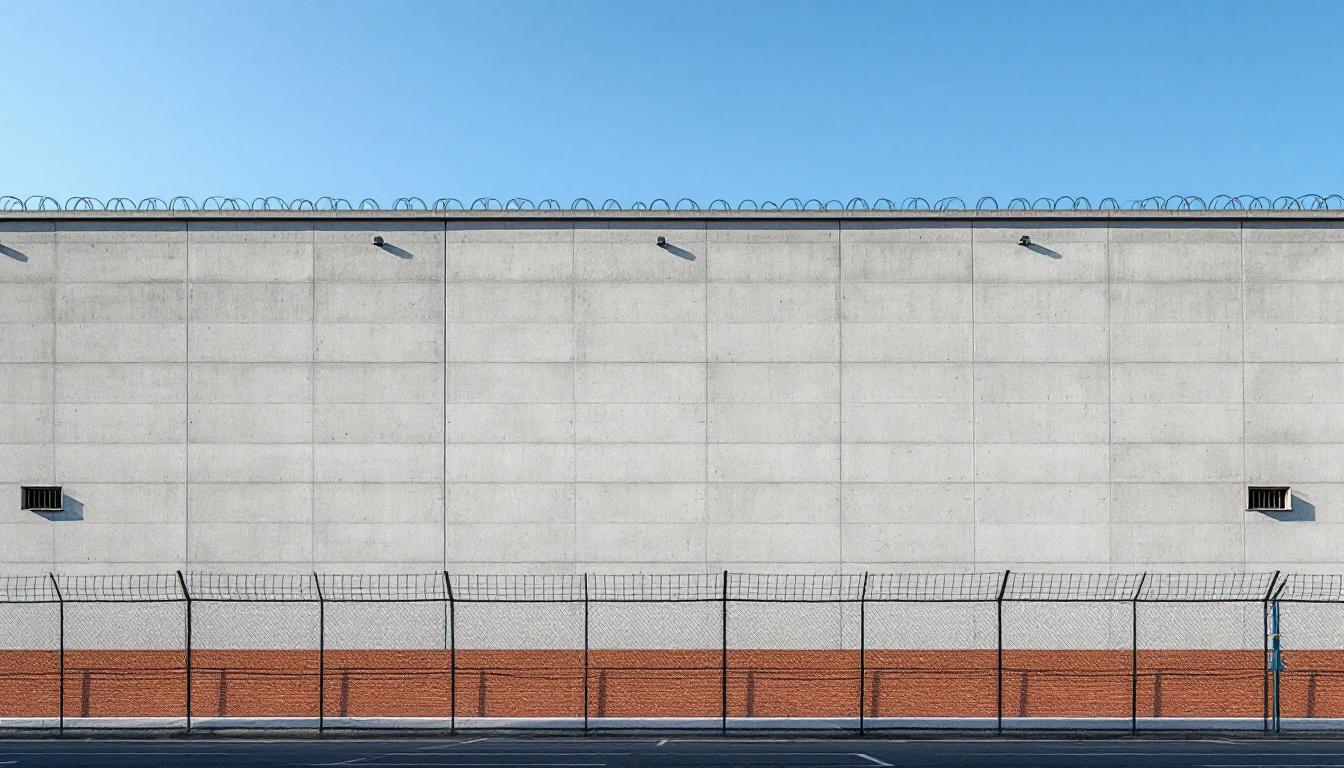
Quick Navigation
How to contact an inmate at Saguaro Correctional Center
This comprehensive guide will walk you through how to connect with an inmate at Saguaro Correctional Center. Follow the steps below to find an inmate and send letters and photos:
- Search for the inmate using our search tool below
- Create your account or log in to Penmate
- Write your message (up to 6,000 characters)
- Send instantly - inmates receive printed copies daily
Find an Inmate
Search for an inmate to start communicating today
Tip: You can search by first name, last name, or inmate ID number
To contact a person at Saguaro Correctional Center start by searching for the person on the official facility website. Perform a search by following these steps:
- Step 1: Enter their first name and last name into the search form and click "Search"
- Step 2: Locate their inmate record
- Step 3: Write down their Inmate ID and any housing information provided
Important! Be sure to enter the person's full name. Nicknames should not be used.
How to Send Messages to Inmates

You can use your phone or computer to send emails, letters, and photos to an inmate. Messages are sent electronically to inmate tablets or kiosks at the facility. If you would like to send a message, start by searching for an inmate at Saguaro Correctional Center.
Sending Photos and Postcards

A great way to send love and support to a loved one at Saguaro Correctional Center is to send photos and postcards. It only takes a few minutes to send photos from your phone and it makes a huge difference. You can also mail postcards with words of support and inspiration, or design your own postcard for special moments like birthdays and holidays.
Important! Be sure not to send any explicit photos or they may not be approved by the facility. You can also use a photo printing app like Penmate to make sure your photos are printed at the correct size (4x6 or 3x5) and are mailed according to the rules and regulations of Saguaro Correctional Center.
Frequently asked questions about Saguaro Correctional Center
-
How long does it take to deliver a message?
If you're sending an email message your letter is usually delivered within 24-48 hours. For messages sent via mail you should expect delivery within 3-7 days. All messages will need be approved by Saguaro Correctional Center.
-
How much does it cost to send a message to Saguaro Correctional Center?
You can send a message free using your phone or mail a message via USPS for the price of a $0.60 stamp and envelope. You can also purchase credits or e-stamps from services starting at $1.99.
-
What services can I use to contact an inmate at Saguaro Correctional Center?
Penmate
You can use Penmate to send letters and photos to an inmate from your phone. It's an easy way to stay in touch during your loved one's incarceration. Use the inmate locator to find an inmate's location and contact information, then you can send messages within a few minutes.
Securus messaging
Securus may be another option for communicating with an inmate at Saguaro Correctional Center. You can create a friends and family account and purchase credits to send messages. All messages will be reviewed and must be approved by the facility.
JPay
Some county jails and state prisons may support sending messages with JPay. You must register an account with the system, find your loved one, and purchase stamps to send messages. For some locations you can also attach photos.
Smart Jail Mail
You may also check if Smart Jail Mail is available at Saguaro Correctional Center. Smart Jail Mail is operated by Smart Communications and has contracted with some state and county jails. After purchasing credits, your messages and photos are sent to the facility, printed out, and then handed out to your loved one.
-
What is the mailing address of Saguaro Correctional Center?
Mailing address:
Saguaro Correctional Center
1250 E Arica Rd
Eloy, AZ 85131
Phone: (520) 464-0500Business hours:
- Monday: 9:00 AM – 5:00 PM
- Tuesday: 9:00 AM – 5:00 PM
- Wednesday: 9:00 AM – 5:00 PM
- Thursday: 9:00 AM – 5:00 PM
- Friday: 9:00 AM – 5:00 PM
- Saturday: 9:00 AM – 5:00 PM
- Sunday: 6:30 AM – 5:30 PM
-
What are the visiting hours at Saguaro Correctional Center?
Visiting hours at Saguaro Correctional Center vary by housing unit and security level. Generally, visits are scheduled on weekends and holidays, with some facilities offering weekday visits. Contact the facility directly at (520) 464-0500 or check their website for the current visiting schedule. Visits typically last 30-60 minutes and must be scheduled in advance.
-
What items are prohibited when sending mail to Saguaro Correctional Center?
Prohibited items typically include: cash, personal checks, stamps, stickers, glitter, glue, tape, staples, paperclips, polaroid photos, musical or blank greeting cards, hardcover books, magazines with staples, and any items containing metal or electronics. Only send letters on plain white paper with blue or black ink. Photos must be printed on regular photo paper (no Polaroids). Always check with Saguaro Correctional Center for their specific mail policies.
-
How do I send money to an inmate at Saguaro Correctional Center?
You can send money to an inmate at Saguaro Correctional Center through several methods: 1) Online using JPay, Access Corrections, or the facility's approved vendor, 2) Money orders mailed directly to the facility with the inmate's name and ID number, 3) Kiosks located in the facility lobby, or 4) Over the phone using a credit or debit card. Fees vary by method, typically ranging from $2.95 to $11.95 per transaction.
-
Can I schedule a video visit with an inmate at Saguaro Correctional Center?
Many facilities now offer video visitation as an alternative to in-person visits. At Saguaro Correctional Center, video visits may be available through services like Penmate, Securus Video Connect, GTL, or ICSolutions. Video visits typically cost $10-20 for 20-30 minutes and must be scheduled in advance. You'll need a computer or smartphone with a camera and reliable internet connection. Contact the facility for their specific video visitation policies and approved vendors.
-
What identification do I need to visit an inmate at Saguaro Correctional Center?
All visitors must present valid government-issued photo identification such as a driver's license, state ID, passport, or military ID. Minors must be accompanied by a parent or legal guardian who can provide the minor's birth certificate. Some facilities require visitors to be on the inmate's approved visitation list, which may require a background check. Contact Saguaro Correctional Center for specific ID requirements and visitor approval procedures.
-
How can I find out an inmate's release date?
To find an inmate's release date at Saguaro Correctional Center, you can: 1) Use the online inmate search tool if available, 2) Call the facility's records department, 3) Contact the inmate's case manager or counselor, or 4) Have the inmate provide this information during a call or visit. For privacy reasons, some facilities only release this information to immediate family members.
Facility Overview
Contact Information
Saguaro Correctional Center1250 E Arica Rd
Eloy, AZ 85131
Phone: (520) 464-0500
Official Website
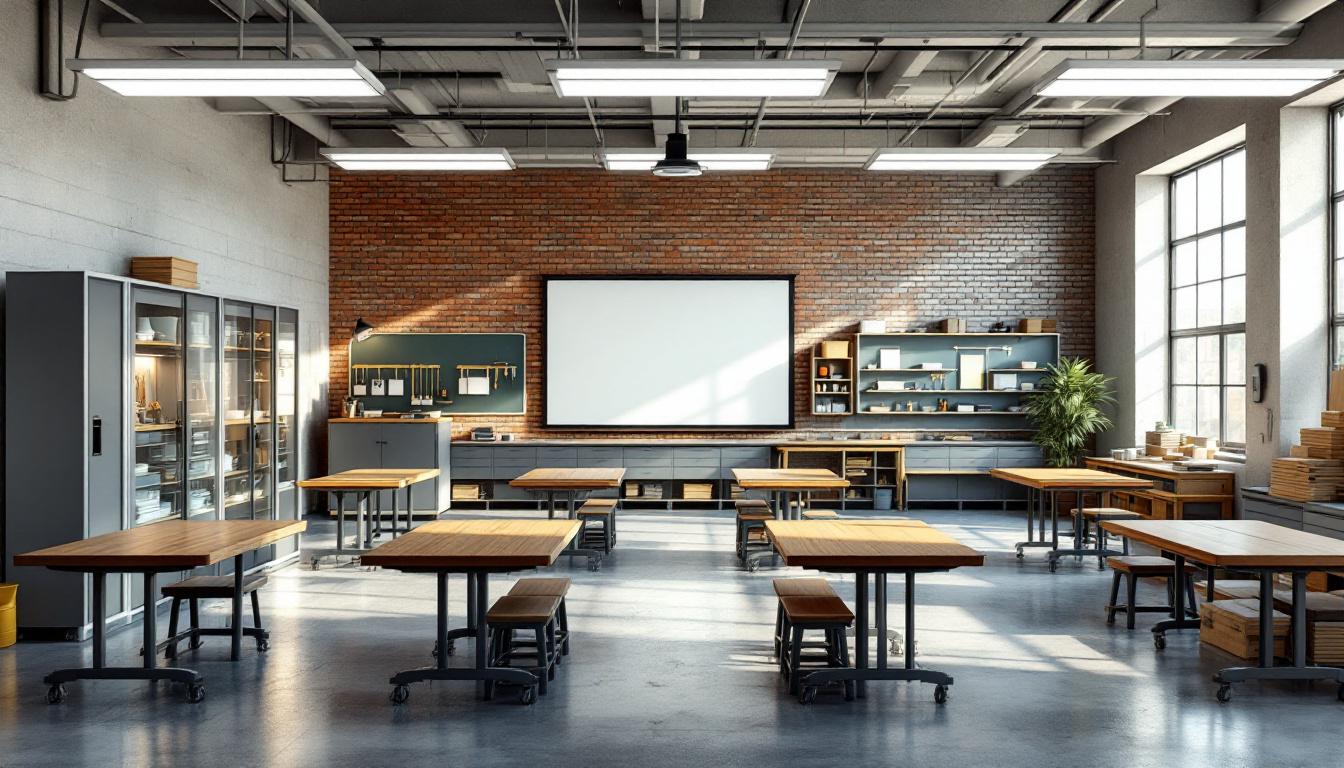
About Saguaro Correctional Center
Nestled within the desert landscape of Eloy, Arizona, approximately sixty miles southeast of Phoenix, Saguaro Correctional operates as a significant component of the state’s correctional infrastructure. The facility’s operational philosophy centers on maintaining secure custody while providing structured programming opportunities that may support successful community reintegration. This AZ correctional facility typically emphasizes a balanced approach between security protocols and rehabilitative services, reflecting broader trends in contemporary correctional management throughout the region’s mountain and desert communities.
The facility generally maintains various programs designed to address the diverse needs of its resident population. Educational services often include basic literacy instruction, GED preparation, and vocational training opportunities that may help residents develop marketable skills. Saguaro Correctional typically offers substance abuse counseling, mental health services, and life skills programming as part of its comprehensive approach to resident services. Religious and recreational activities are commonly available, providing structured outlets for personal growth and community engagement within the secure environment.
As part of Arizona’s correctional system, the facility plays an important role in managing the state’s incarcerated population while working to prepare individuals for eventual release. The correctional facility’s location in Eloy positions it within a region that has historically supported various correctional operations, contributing to the local economy while serving the broader public safety mission. Staff members generally work to maintain institutional safety and security while facilitating access to programs that may assist residents in developing the tools necessary for successful reentry into their communities upon completion of their sentences.
Programs & Services
Rehabilitation initiatives at Saguaro Correctional typically center on addressing the root causes of criminal behavior through comprehensive programming. The facility’s approach often emphasizes skill development and personal growth, recognizing that meaningful change requires both practical tools and emotional support. Residents may participate in multiple initiatives simultaneously, creating a structured environment that promotes accountability and forward-thinking.
Educational initiatives form a cornerstone of resident development, with programs that may deliver basic literacy instruction through high school equivalency preparation. Vocational training opportunities often include trade skills that align with local employment markets, helping residents develop marketable abilities. These educational components typically focus on both academic achievement and practical application, ensuring residents gain knowledge they can use upon release.
In addition to educational offerings, therapeutic and support initiatives address behavioral and emotional challenges. Substance abuse treatment programs may deliver group and individual counseling sessions designed to help residents understand addiction patterns. Work programs often provide structured daily activities while teaching responsibility and time management. Support services typically include stress management techniques, life coaching sessions, and restorative justice initiatives that may help residents understand the impact of their actions on victims and communities.
Daily Life & Visitation
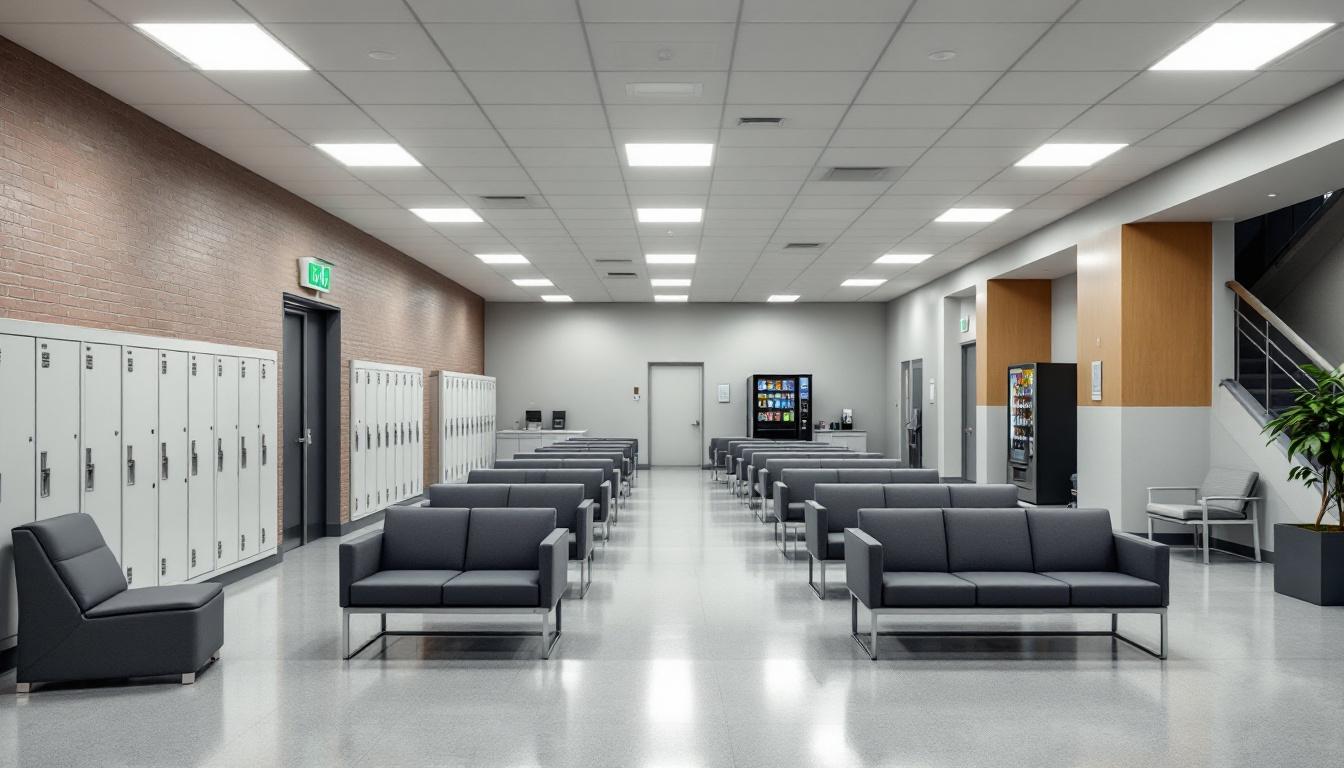
Structure forms the backbone of daily life, with residents following consistent schedules that deliver stability and predictability. Today begins with early morning count procedures, followed by scheduled meal times, work assignments, and programming activities that typically occur at regular intervals throughout the week. This framework helps residents establish routines that can support their adjustment and preparation for eventual reintegration into the community.
Living accommodations generally consist of housing units where residents share cells or dormitory-style spaces, depending on their classification level and the facility’s capacity. Meals are typically served in designated dining areas at scheduled times, with menu options that aim to meet basic nutritional requirements and accommodate certain dietary restrictions. Personal property allowances usually include essential items, clothing within specified guidelines, and limited personal belongings, while commissary services may offer additional food items, hygiene products, and approved personal items for purchase.
In addition to this structured foundation, recreational opportunities often include access to outdoor exercise areas, indoor fitness equipment, and organized sports activities when staffing and security conditions permit. Educational and vocational programming schedules typically provide residents with opportunities to develop skills and complete coursework during designated time blocks. Family connections remain important through scheduled visitation periods and telephone access, which generally operate within established timeframes and security protocols that help maintain these vital support systems while ensuring facility safety.
Ready to Connect?
Start communicating with your loved one today
Search for an Inmate
